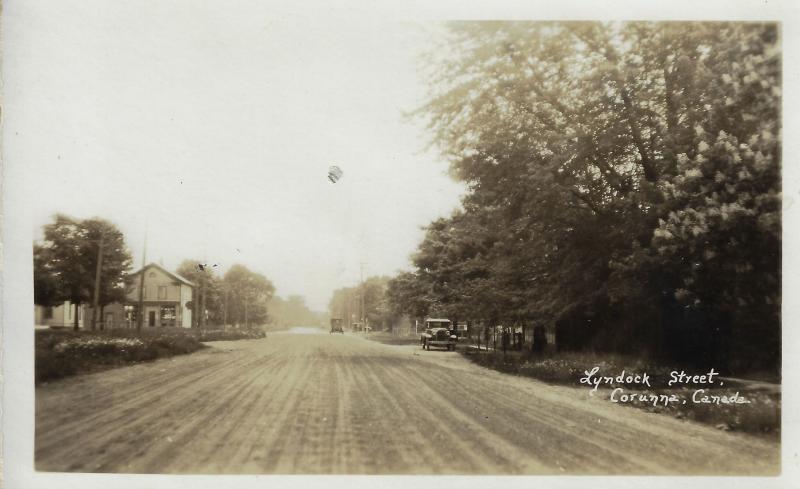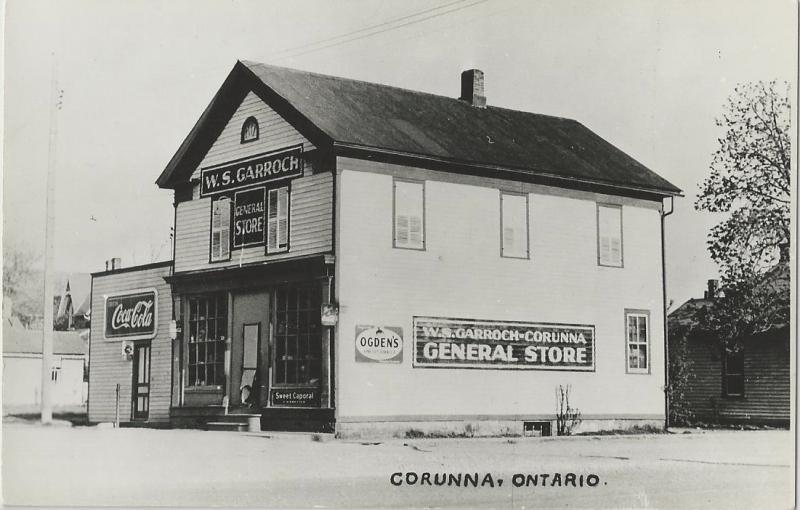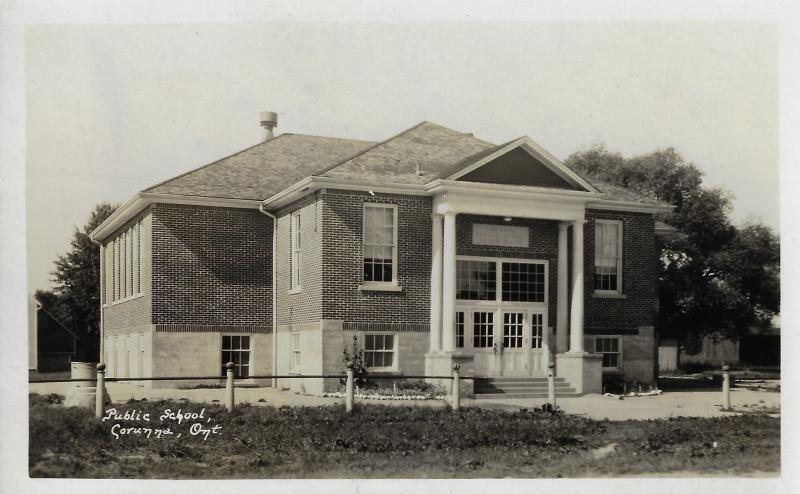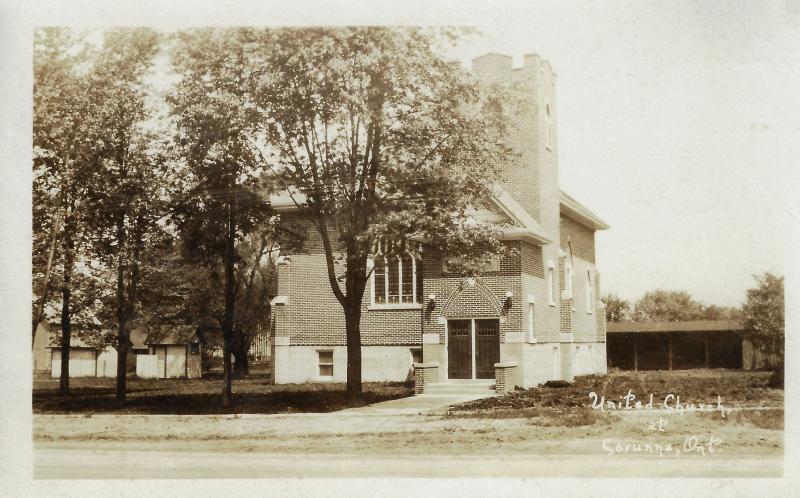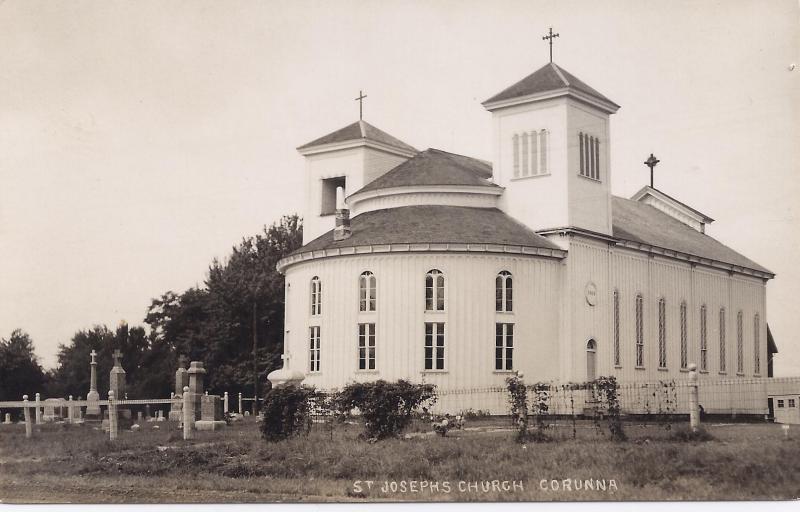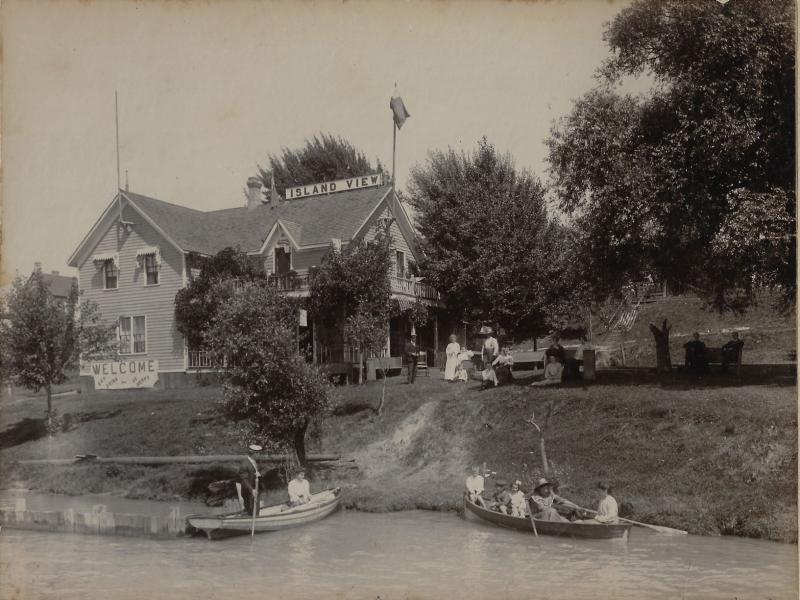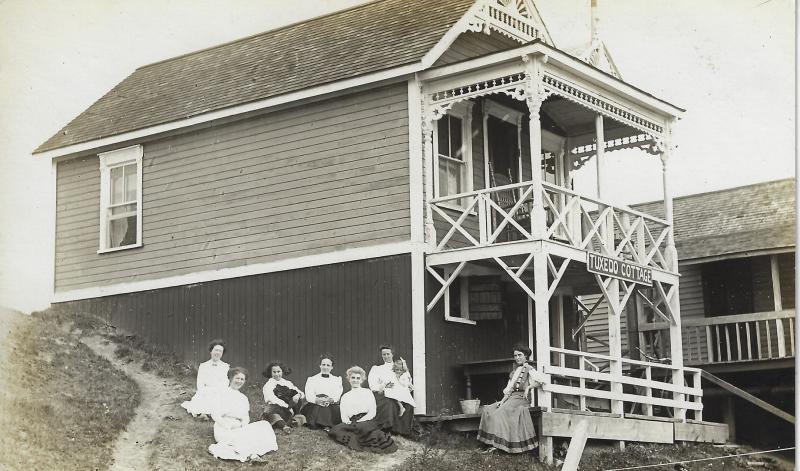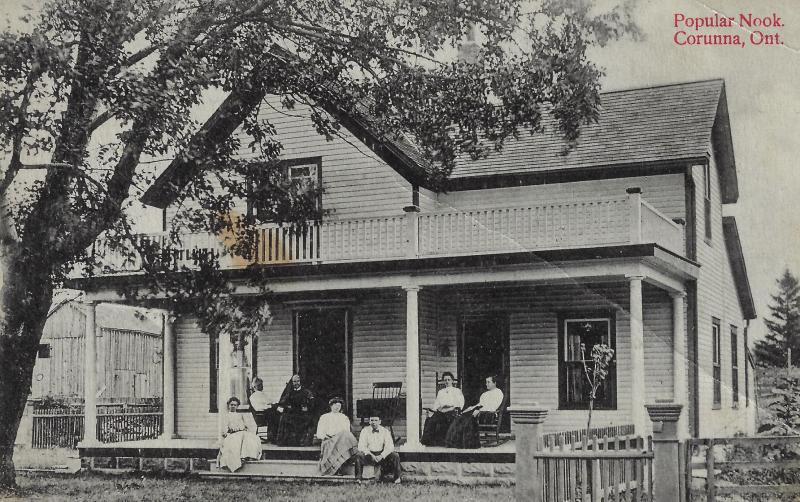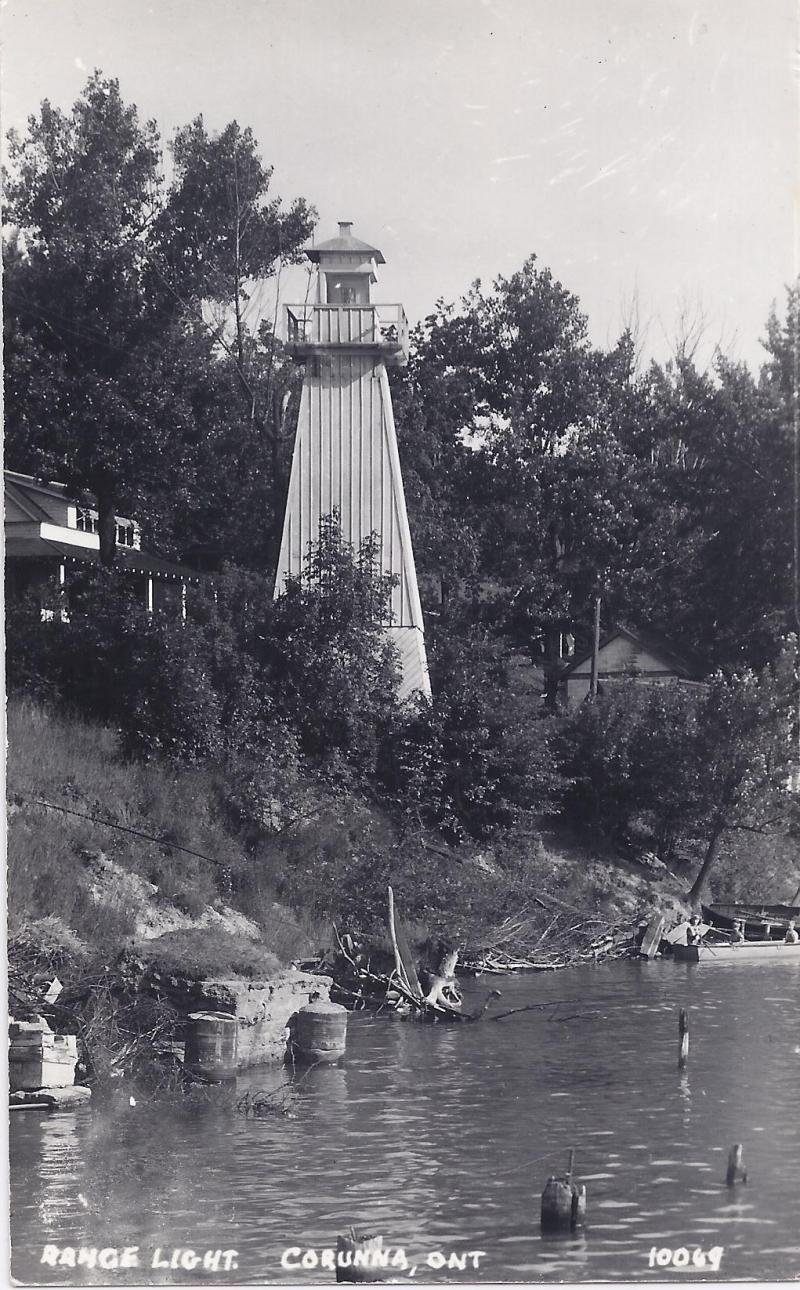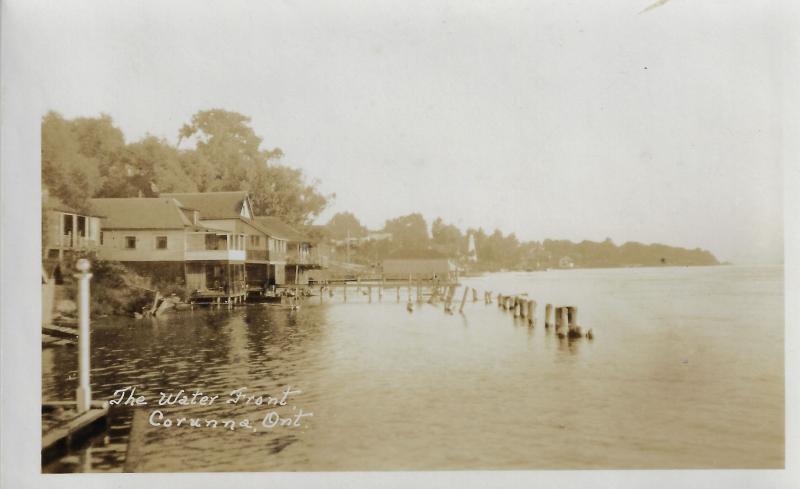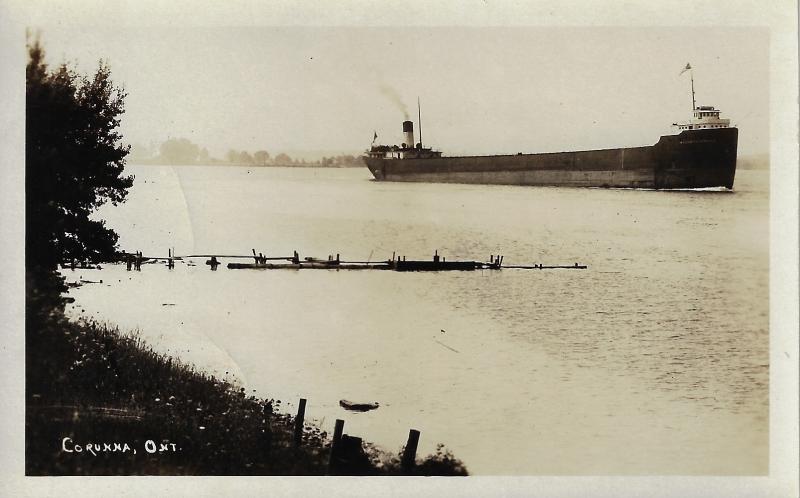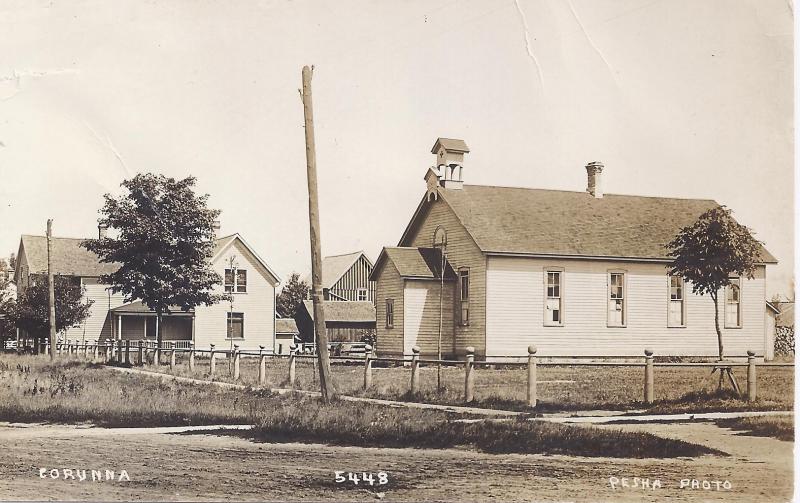
Corunna was established early in the 19th century, but settlement did not occur very quickly there. In 1823, Lord Beresford, a Napoleonic war veteran, was sent by the British government to select and survey a site for the capital of a proposed united Upper and Lower Canada. He chose Corunna and laid out a town site, which included the 10-acre St. George’s Square for government buildings. The streets in this plan re-created the vertical, horizontal and diagonal lines of the Union Jack. The plans to make this the capital never materialized because many people so soon after the war of 1812 felt that it was too close to the United States, but Lord Beresford left his mark on Corunna. The streets bear his name and those of his fellow officers. The very wide main streets of Lyndoch and Hill are their original widths. These were to be the main thoroughfares of Canada’s capital. Corunna he named for the city in Spain where his commander Sir John Moore had died in battle.
In 1837, lots were put up for sale in Corunna and the town began to be settled. Hotels were built to serve the river traffic. Many docks were built to handle exports of timber, grain and potash. Corunna was the least settled village along the St. Clair River from the time it was established until after World War II, when it grew to accommodate many people who moved here to work in Sarnia’s Chemical Valley.
For more information on the history of Corunna, you can download the “History of the Corunna Region 1600 to 1900“.
